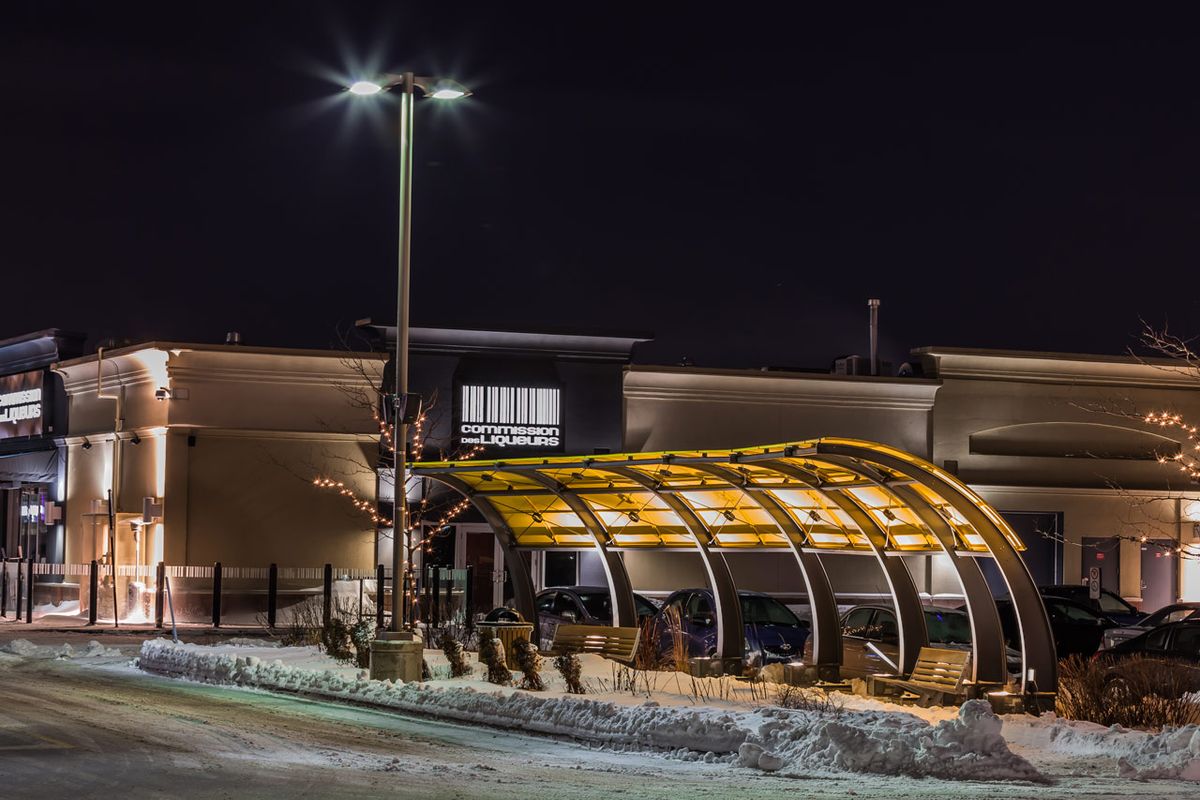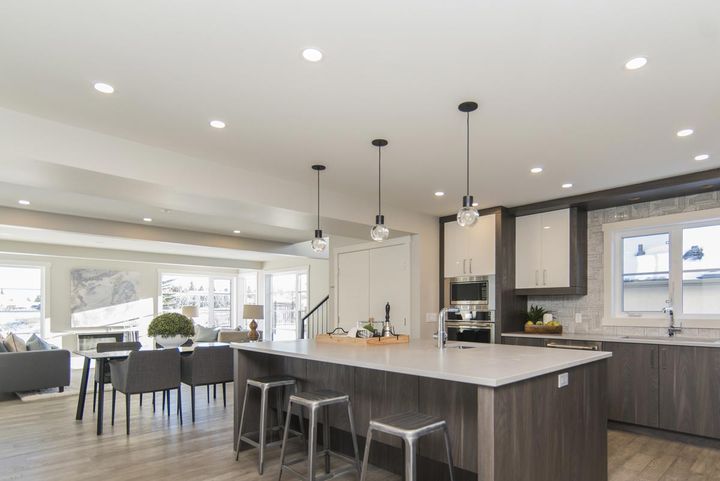When selecting which products you want to incorporate into your LED area lighting applications, it's important to know exactly what you want before you purchase it. Here are a couple factors to consider when buying LED area lighting.
Mounting The Fixture
The first and foremost important factor is how the fixture is going to be mounted. You can get the wattage, voltage, and dimming capability correct, but if you choose the wrong mount, you're going to be leaving your project high and dry as you scramble to find a solution. Here are the most popular mounting types, and their intended use.
Wall Mount - These simply mount to the wall with the included hardware. Great for outside on buildings and to light walkways underneath.
Trunion/Bracket Mount - Like wall mounts, these attach to a flat surface, but unlike them they can also be tilted up and down to get the fixture in the perfect position.
Pole Mount - Usually screws into the top of a threaded pole or is attached to a tenon that is attached to that pole.
Slipfitter Mount - These are very common among larger and more powerful area lights. These sit slide on to the top of a pole and screw into the pole to secure the fixture in place. These may also have an adjustable head that allows you to move the fixture up and down to change the angle of the light.
Knuckle Mount - These are very common for products that aren't as large and don't require the heavy duty slipfitter or wall mounts. These have an adjustable "knuckle" that let you change the angle that the light shines.
Post Top Mount - A post top mount is great if you have a pole you want to attached to light to the top of. These are also great if you want to be able to adjust the angle that the light shines down.
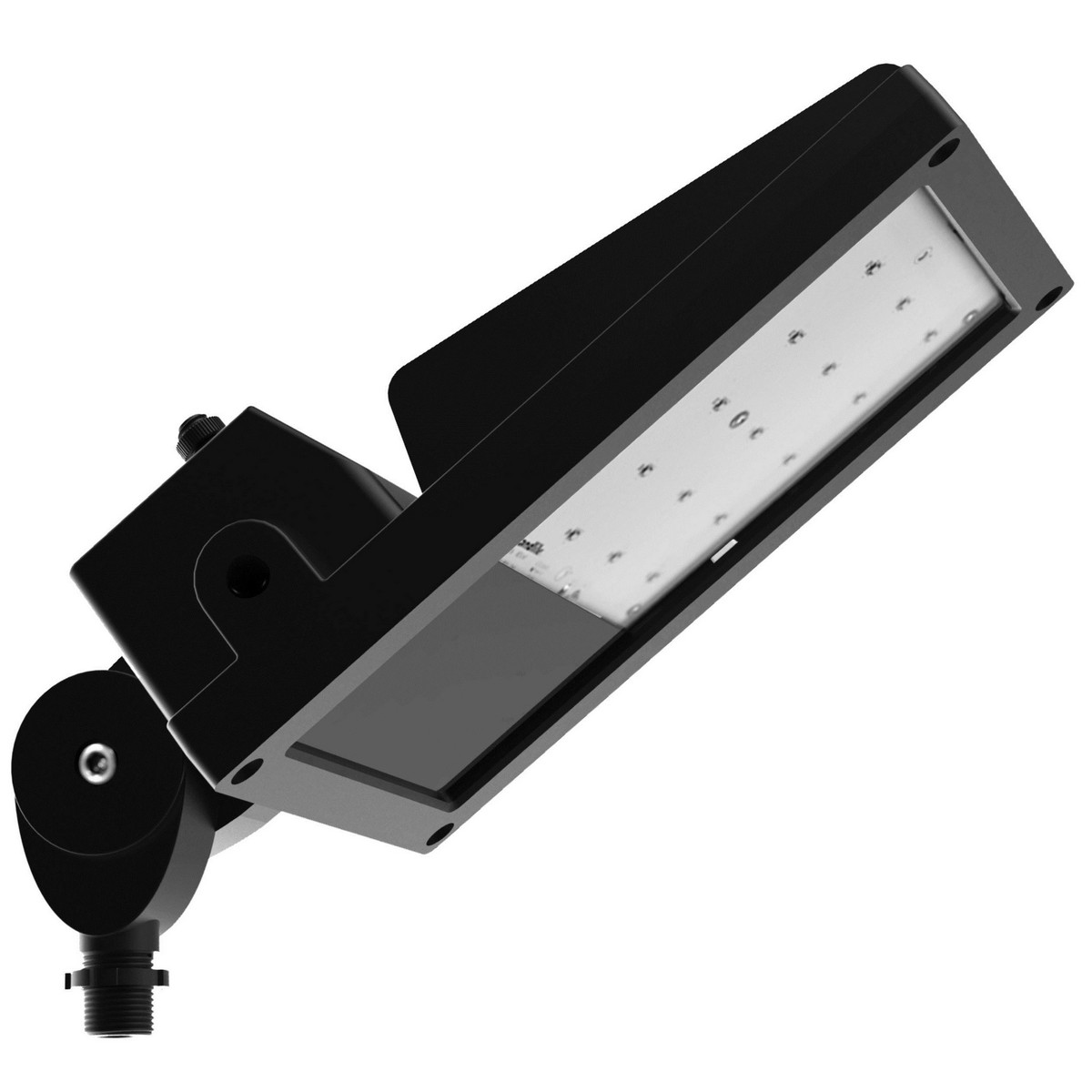
####Check The Voltage
While not something everyone considers, having the wrong voltage fixture can lead to added expenses and wasted time. If you are installing the area lights in a parking lot, chances are the voltage is going to be around 480. If it is coming off a building, it is most likely going to be 120V to 277V. Knowing the voltage of the line it is connecting to is crucial in choosing the right fixture and keeping the job on track.
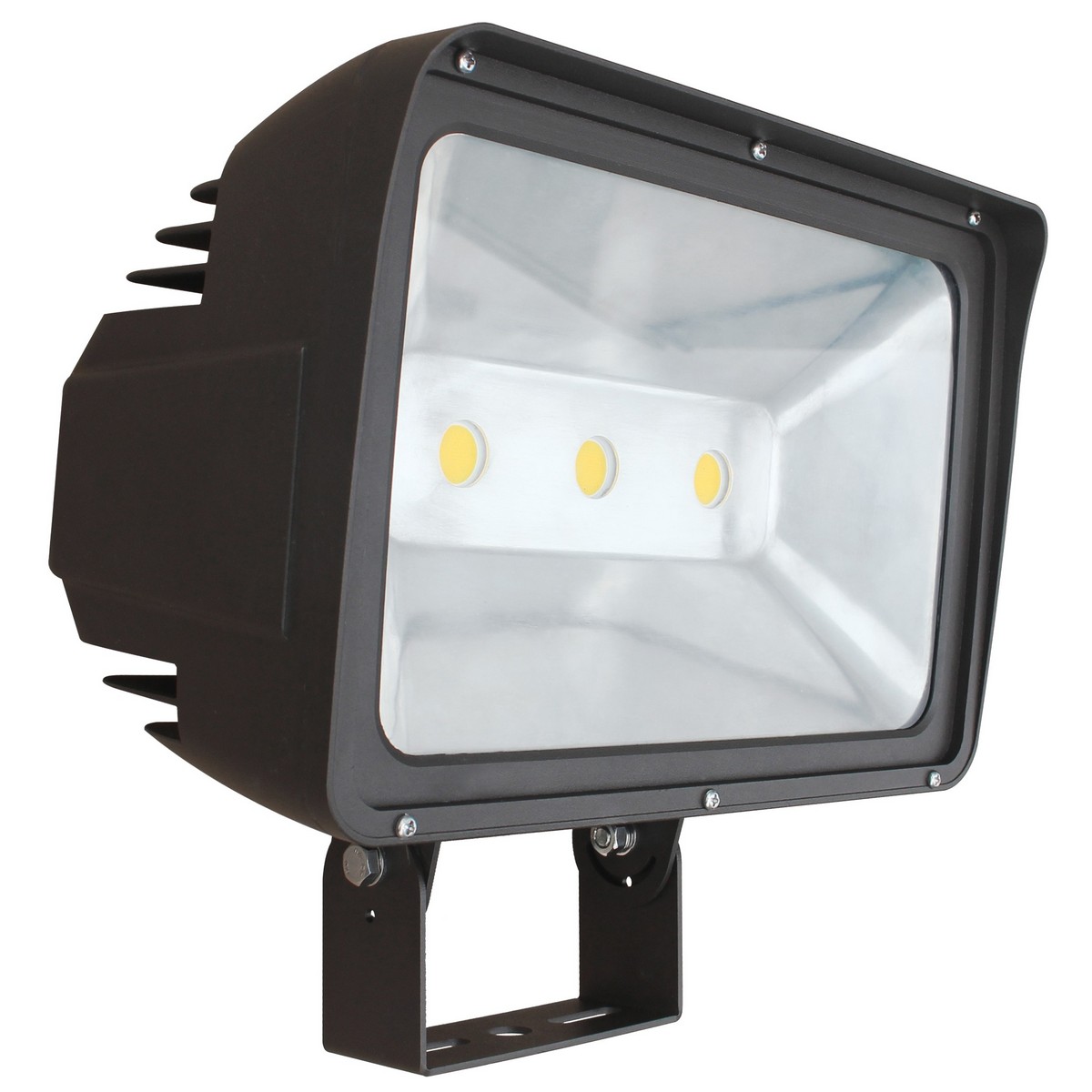
####Certifications and Listings
The difference between DLC Listed and DLC Premium could be the deciding factor on two very similar area lights. Your local energy supplier may give a discount for using specially certified fixtures for your application. Also, depending on your local energy supplier, they may give a higher discount for different certifications on your products. That's why it's important to make sure you are getting the products that fit your energy rebates so you can maximize your savings.
####Photocell or No Photocell
If your fixture isn't going to be on 24/7, you may want to consider attaching a photocell to it. A photocell will turn your light on when it gets dark, and when it detects sunlight, shuts your fixture down until it doesn't detect it anymore. These are great for outdoor parking lots, where you really only want the lights on at night. Plus they save you money for the time that the fixtures are turned off.
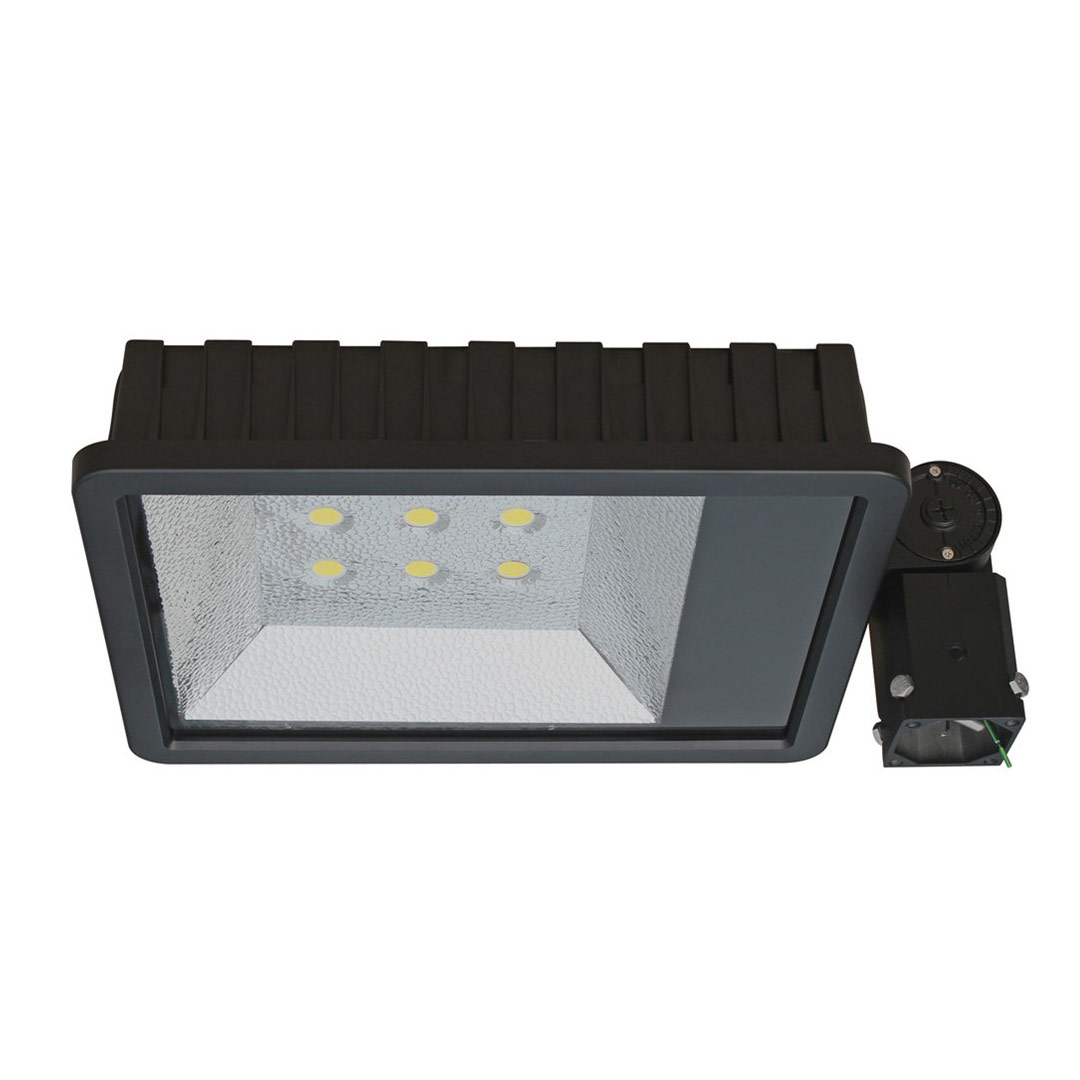
####Choose The Right Color Temperature and Lumen Output
This one might not seem as important, but it can be troublesome if you don't have enough lumen output to light the desired area or bright enough color temperature. Not having enough lumens could mean that the area you want to light isn't visible, or it could be difficult to see if you have too many as well. Likewise, having a 3000K color temperature may give off too much of a yellow light and make the illuminated area seem dim no matter how many lumens it produces.
That should cover the most common questions that you may have when purchasing area lights. Remember, you can find more articles posted weekly here, and find a variety of LED Area Lights here.
